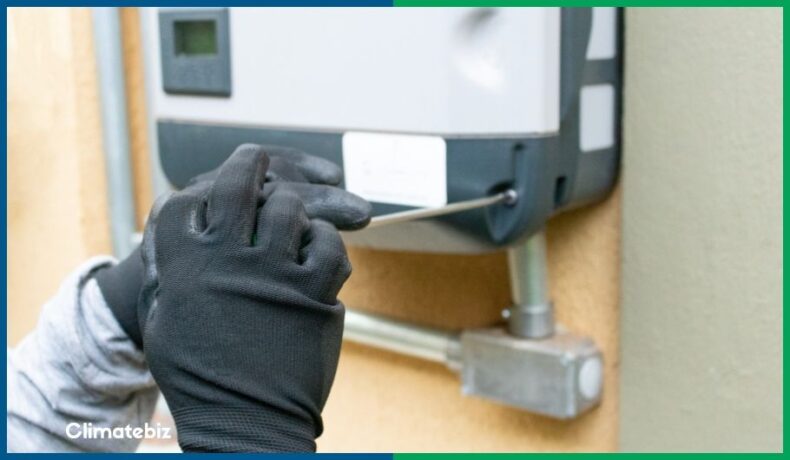If your solar inverter is not working, there are a few things you can do to troubleshoot the problem.
In this article, we will discuss five of the most common issues with solar inverters and provide solutions for fixing them.
We will also provide tips on preventing these problems from happening in the first place.
Table of Contents
5 Reasons Your Inverter Is Not Working
1. The Inverter Is Not Receiving Power From The Solar Panels
If your inverter is not receiving power from the solar panels, there are a few potential causes.
- Circuit breaker tripping: circuit breakers may trip due to power surges or other causes. If a circuit breaker trips, the inverter will not work correctly.
- Dirt and debris: Dirty panels, trees, buildings, or other objects may prevent the panels from generating enough power to operate the inverter.
- Grid-tied issues: if you have a grid-tied inverter and the grid is down, your inverter will not be able to draw power from it.
- Loose connections: this happens for several reasons, including vibrations or inverter movement.
- The output voltage is too low: this can be a sign that there is something wrong with the inverter itself.
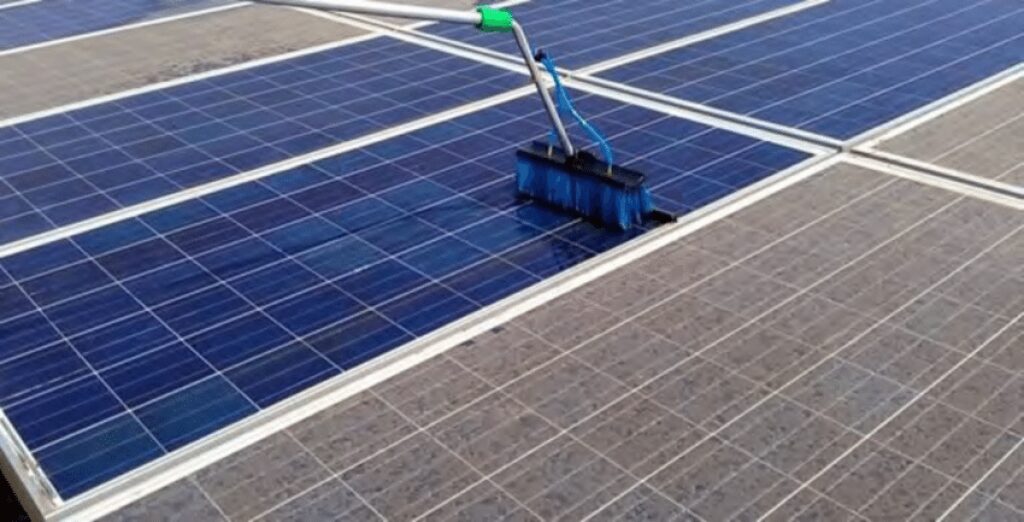
Source: https://www.researchgate.net
Related Reading: How Does A Grid-Tied Solar System Work?
2. The Batteries Are Not Linked To The Inverter Properly
This situation can occur for the following reasons:
- Battery terminals are not clean: corroded terminals prevent the flow of electrical current.
- Incompatible batteries: this can cause various problems, including an inability to charge the battery correctly.
- A mismatch between voltage levels: solar battery types possess different voltage levels. It is essential to ensure that your batteries are compatible with your solar inverter.
- Loose or damaged connection: this can cause an interruption in the flow of electricity, preventing the inverter from working correctly.
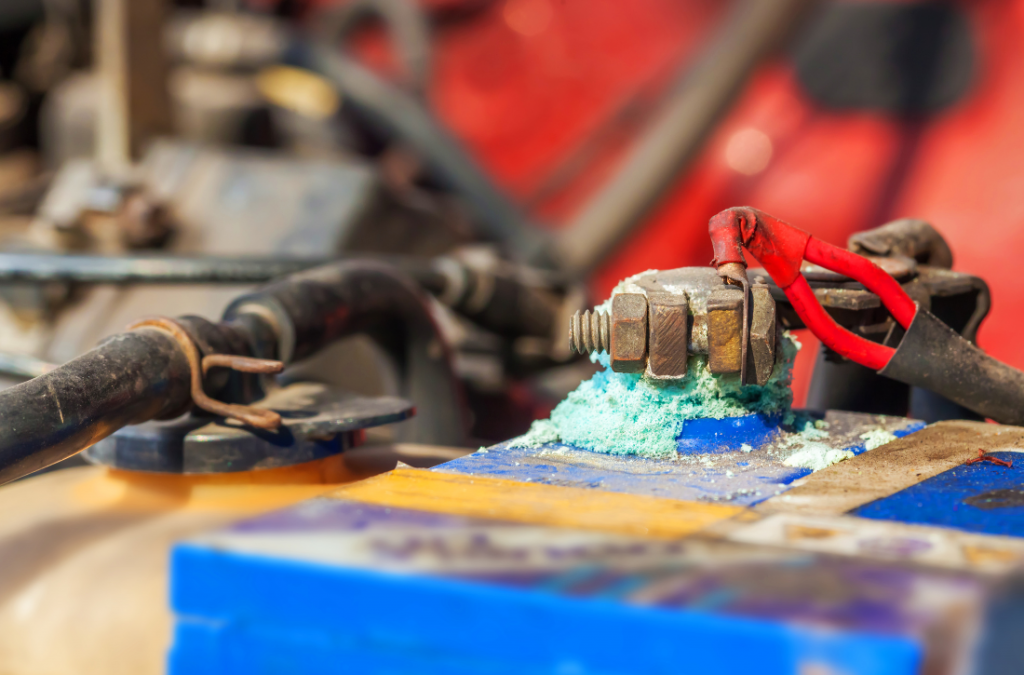
Source: Getty Images
3. There Is Insufficient Charge In The Batteries
Solar batteries are rechargeable batteries that store energy generated by solar panels. They are an important component of any solar system, providing a backup power source when the sun isn’t shining.
However, if your inverter is not working, it can be a result of your solar batteries being unable to charge properly. There are several reasons why this may happen, including:
- Exposure to extreme temperatures: despite solar batteries’ ability to withstand hot and cold weather, extreme temperatures can still damage the cells and reduce their capacity.
- Lack of maintenance: for solar batteries to function correctly, they must be regularly cleaned and maintained. Without proper care, battery cells can deteriorate and fail to hold a charge.
- Age: the lifespan of solar batteries is limited. As the battery ages, the cells will slowly degrade and lose their ability to hold a charge.
Related Reading: How To Maintain Your Solar Battery Correctly
4. There Is An Issue With The Grounding Of The Inverter
If your inverter is not working correctly, it may be because it is not properly grounded. Without a proper ground connection, the inverter cannot dissipate the heat generated by the electrical components. This can lead to damage or even a fire.
Reasons for grounding issues include:
- Improper installation: grounding a system improperly at the outset can make fixing the situation more complicated.
- Lightning strikes: may damage the inverter if it is not grounded correctly. Additionally, an ungrounded inverter may produce electrical noise that can interfere with the operation of other electronic equipment.
Please note: if you suspect your inverter’s grounding is not up to par, you should have it inspected by a qualified electrician. They can determine whether the issue is with the inverter or the grounding system.
5. The Inverter Is Overheating
When an inverter overheats, it can cause several serious problems, including reduced efficiency and reduced power output.
Overheating can be caused by the following:
- Poor ventilation: several factors cause an inverter to overheat, including blockages in the airflow and dust buildup on the cooling fins. The dust acts as an insulator, trapping heat inside the inverter and causing it to overheat.
- Direct sunlight: in some cases, the inverter may also be located in an area that receives direct sunlight for extended periods, which can also cause the inverter to overheat.
- Ambient temperature: the inverter operates within a specific temperature range, and if the ambient temperature is too high, the inverter will overheat.
- Faulty components: can generate additional heat and cause the inverter to overheat.
Please note: in extreme cases, an overheated inverter can even catch fire. If you suspect your inverter is overheating, taking immediate action is crucial to avoid further damage.
5 Ways To Fix Your Inverter
Solution 1. Active Power Flow To The Inverter
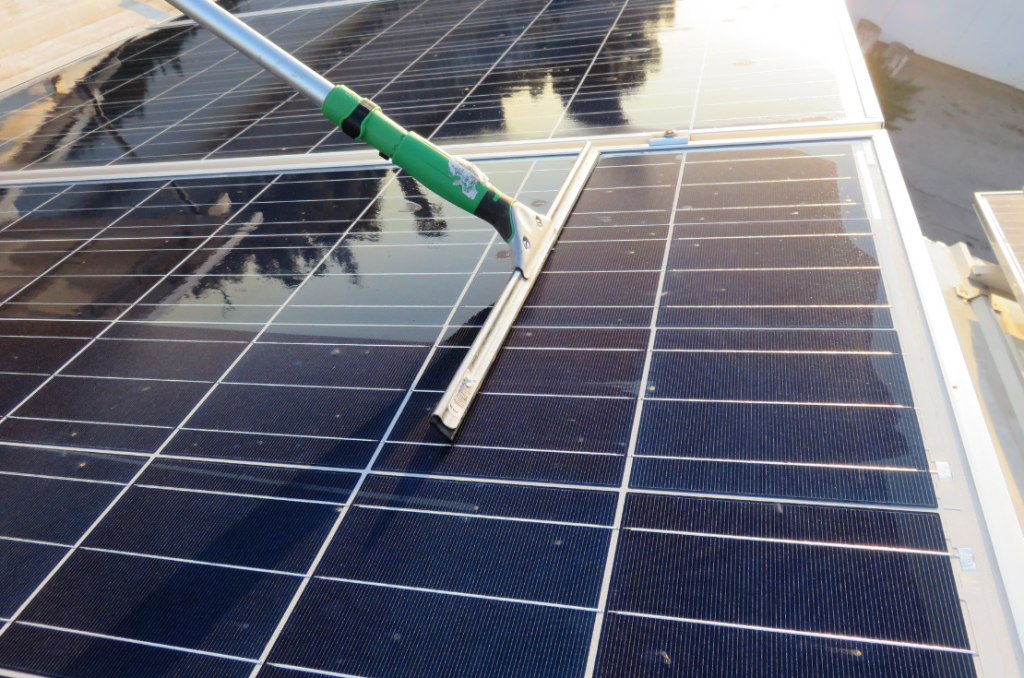
Source: Getty Images
- Remove dirt or snow from the panels: a tree, building, or other object blocking them will prevent them from generating enough power to operate the inverter.
- Inspect connections: check connections between the panel and inverter. You must repair or replace the connections if they are loose or damaged.
- Proper panel placement: ensure that the panels are receiving direct sunlight.
Related Reading: How To Clean Solar Panels (DIY Tips & Advice)
Solution 2. Good Battery Connection To The Inverter
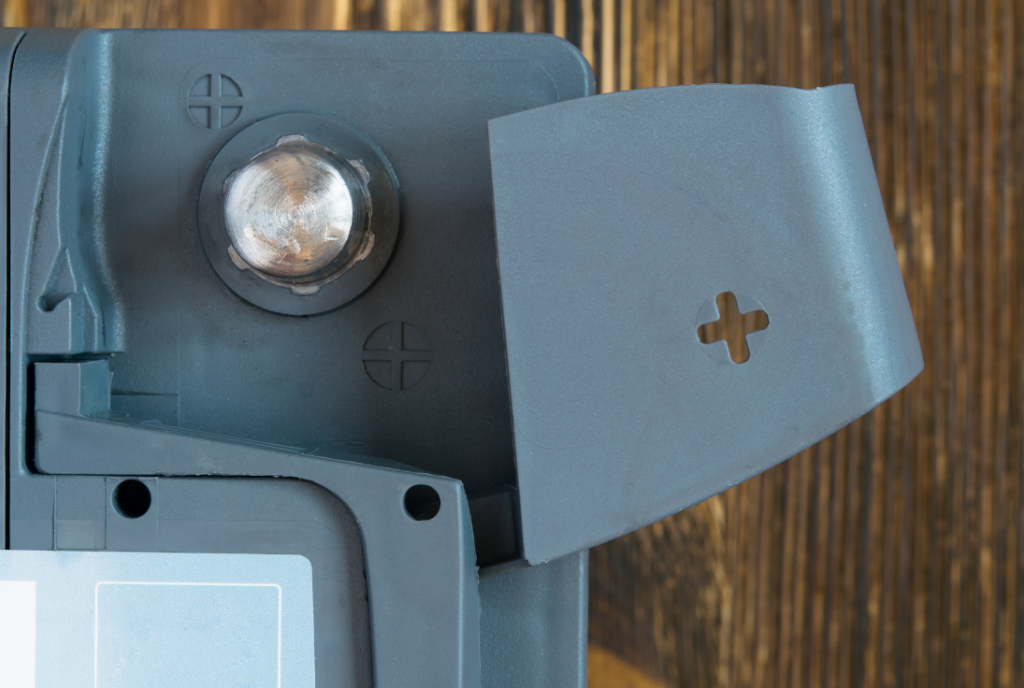
Source: Getty Images
- Clean the terminals: use a wire brush or buy terminal cleaner at your local hardware store.
- Verify the voltage levels: consult the manufacturer’s specifications for your specific solar inverter model.
- Attach the cables firmly: for the electrical current to flow properly. Inspect the battery cables to ensure they are in good condition and not damaged.
- Inspect the connections: all of the connections must be tight and secure.
Solution 3. Keeping The Batteries Charged
Batteries can lose their charge for a variety of reasons. When this happens, you can carry out the following steps:
- Check the connections between the batteries and the solar panels: ensure that there is no break in the circuit.
- Clean the batteries: remove any dirt or debris that may interfere with power transfer.
- Keep the batteries charged: do this during extended periods of cloudy weather or when the system is not used regularly. You can do this by connecting the inverter to the grid or a backup generator.
Solution 4. Grounding The Inverter
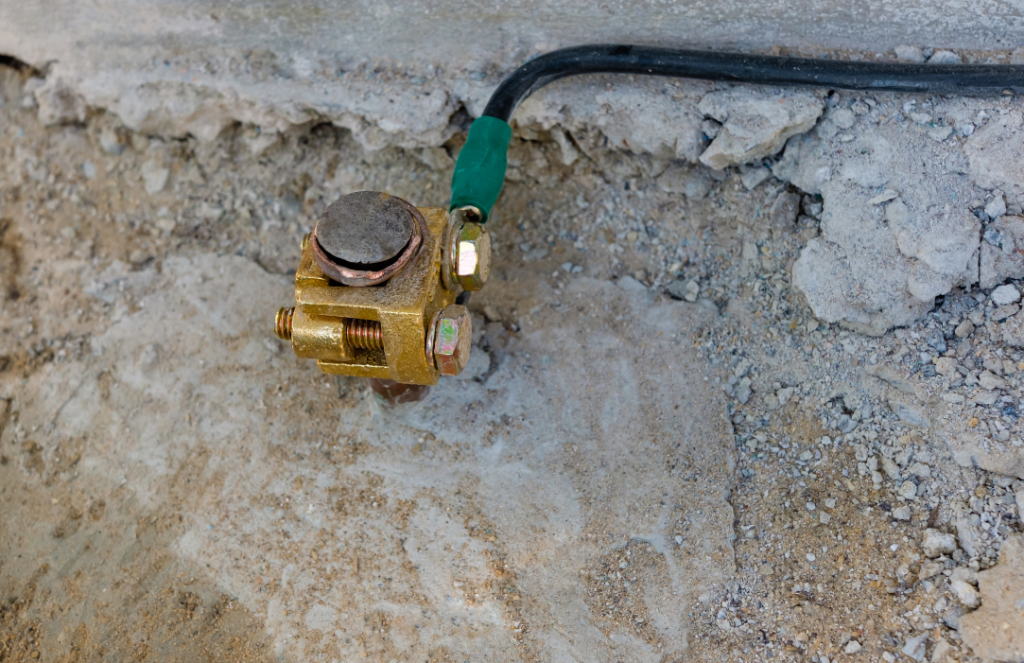
Source: Getty Images
- Install a ground rod near the inverter: this will provide a direct path for excess electrical current to travel into the ground, helping to protect the inverter from damage.
- Install a grounding wire that connects the inverter to a nearby metal surface: this will provide a low-resistance path for electrical current to travel, helping to reduce the risk of damage to the inverter.
- Ensure that the solar panels are adequately grounded: this will help to protect the entire system from electrical damage.
- Check the inverter’s manual: look for specific instructions on how to fix the grounding issue.
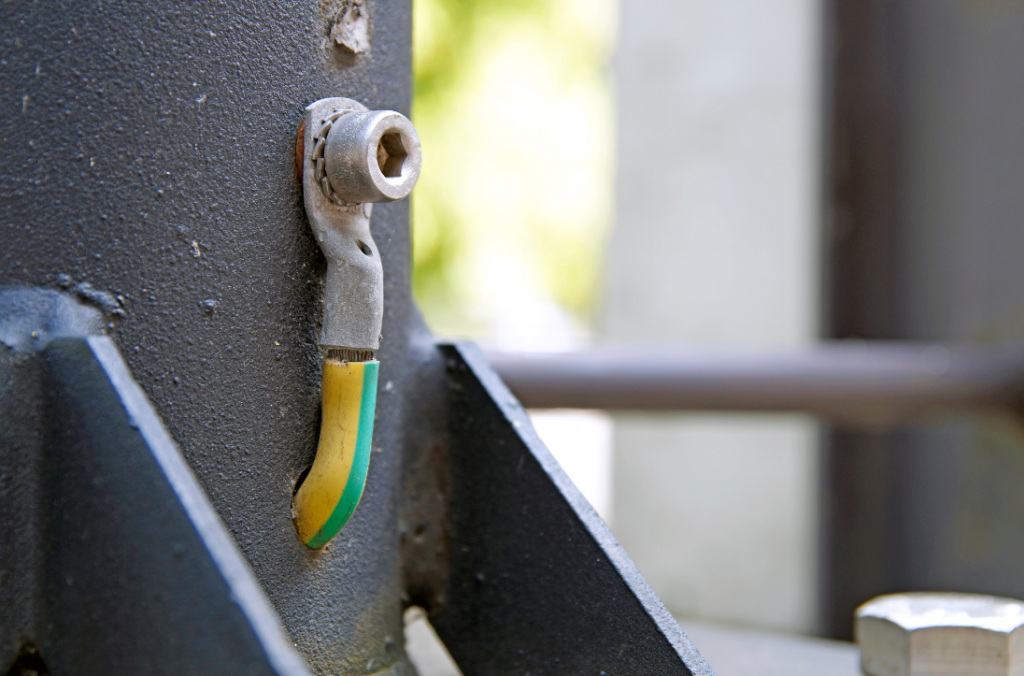
Source: Getty Images
Solution 5. Prevent The Inverter From Overheating

If your inverter is overheating, there are a few things you can do to fix the problem:
- Ensure the inverter is not located in direct sunlight. If it is, try moving it to a shadier spot.
- Verify the inverter’s ventilation and ensure enough airflow is around it. If it is installed in an enclosed space, consider opening a window or door to allow air to circulate.
- Inspect the inverter’s cooling fans to ensure that they are working correctly. If not, clean the inverter’s cooling fins with a brush or compressed air to remove any dust or dirt causing the problem.
- Increase the size of the heat sink. This will help dissipate the heat more effectively and prolong the life of the inverter.
How To Increase Your Inverters Life Span
Solar inverters are expensive, and they don’t last forever. With proper care and maintenance, however, you can help extend your solar inverter’s life.
One of the most important things you can do to increase your inverter’s lifespan is to keep it clean. Dust, dirt, and debris can clog up the cooling fan, causing the inverter to overheat.
In addition, install the inverter in a well-ventilated area. If the inverter is installed in an enclosed space, clean out dust or debris regularly.
Another way to prolong the life of your inverter is to avoid exposing it to extreme temperatures. Excessive heat can damage sensitive electronic components. If possible, try to keep your inverter in a temperature-controlled environment.
With some care and attention, you can help ensure that your solar inverter has a long and healthy life.
Final Thoughts
There you have it — five possible solutions to assist you with a solar inverter that is not working.
If you have a solar inverter, it’s essential to take care of it to prevent damage and extend its lifespan. Some ways to do this include keeping it clean, placing it in a well-ventilated area, and avoiding extreme temperatures.
By following these tips, you can help extend your inverter’s life and prevent any damage to it.
Do you have any other tips on how to prolong the life of a solar inverter? Let us know in the comments below!

